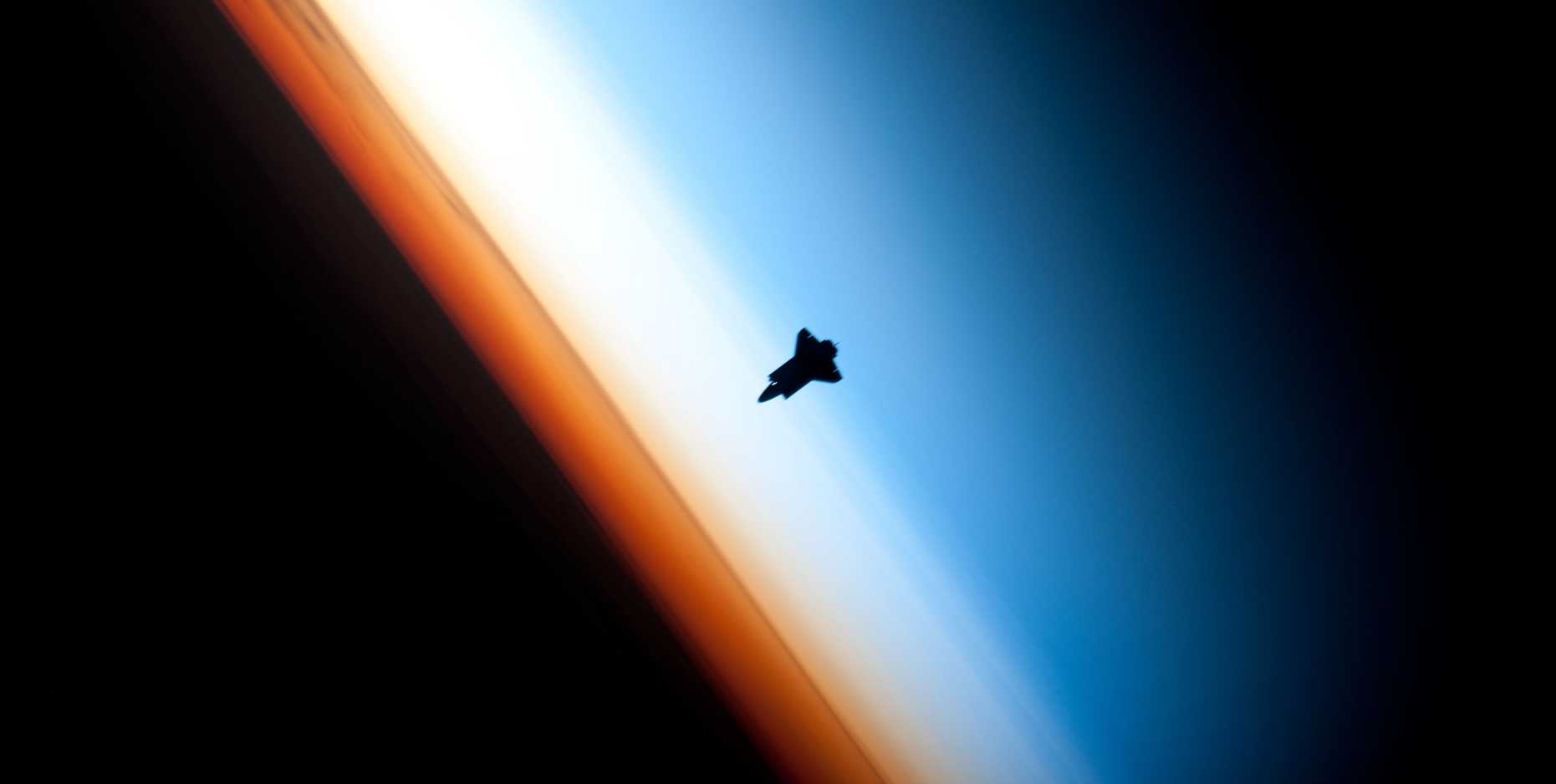Forecasters should ‘look higher up’ to predict weather weeks ahead
- D-USYS
- Institute for Atmospheric and Climate Science
Models that pay more attention to the stratosphere, the layer of Earth’s atmosphere around 10km above the surface, provide more accurate forecasts up to a month in advance. This is what a research team found by evaluating the accuracy of models predicting spells of severe cold or mild weather in the mid-northern or southern hemisphere.

Forecasting models around the world vary in the level of computer resources they use to simulate the atmosphere. An international research team around Daniela Domeisen from ETH Zurich found these models were able to monitor conditions high above the poles and tropics, which provides indicators a month in advance of upcoming weather patterns in Europe, Asia, North America and the Middle East.
Exploring the role of the stratosphere
Daniela Domeisen, lead author of the study and professor for Atmospheric Predictability at ETH Zurich, said: “While we are not able to predict the exact timing of extreme events in the stratosphere more than two weeks in advance, the prediction systems are able to capture processes in the tropics that contribute to making stratospheric extreme events more likely — several weeks to months in advance.” Although the stratosphere is way above where our weather occurs, it is crucial for forecasting extreme conditions at the Earth’s surface. “Models should look ‘higher up’ and better use the stratosphere to predict severe weather events that impact all aspects of society,” adds Professor Andrew Charlton-Perez, meteorologist at the University of Reading and co-author of the study.
More accurate predictions further in advance
The research, published in two papers in the Journal of Geophysical Research: Atmospheres, analysed the ability of forecasting systems to understand how the stratosphere above the tropics and polar regions influences weather patterns in the mid-latitude regions of both hemispheres.
Fluctuating spells of rainfall in the tropics – known as the Madden–Julian Oscillation, or MJO – and unusually warm (El Niño) or cool (La Niña) ocean temperatures regularly experienced in the tropical Pacific are known to influence weather in Europe, Asia and North America. The strength of the polar vortex, a ribbon of air that orbits the Arctic, is also known to influence extreme weather patterns in these regions. This includes weather connected with Sudden Stratospheric Warmings, which allow bitterly cold Arctic air to escape southwards when the polar vortex weakens, as observed in March 2018 over Europe and in January 2019 over North America.
The researchers argue that representing variations in the stratosphere in more detail will allow forecasting models to provide more accurate predictions. Improving early predictions for the stratosphere could also provide significantly improved weather forecasts further in advance.
References
- Domeisen, D., Butler, A., Charlton-Perez, A., Ayarzagüena, B., Baldwin, M., Dunn-Sigouin, E., Furtado, J., Garfinkel, C., Hitchcock, P., Karpechko, A., Kim, H., Knight, J., Lang, A., Lim, E., Marshall, A., Roff, G., Schwartz, C., Simpson, I., Son, S., Taguchi, M. (2019); ‘The role of the stratosphere in subseasonal to seasonal prediction. Part 1: Predictability of the stratosphere; Journal of Geophysical Research; doi: external page 10.1029/2019JD030920
- Domeisen, D., Butler, A., Charlton-Perez, A., Ayarzagüena, B., Baldwin, M., Dunn-Sigouin, E., Furtado, J., Garfinkel, C., Hitchcock, P., Karpechko, A., Kim, H., Knight, J., Lang, A., Lim, E., Marshall, A., Roff, G., Schwartz, C., Simpson, I., Son, S., Taguchi, M. (2019); ‘The role of the stratosphere in subseasonal to seasonal prediction. Part 2: Predictability arising from stratosphere - troposphere coupling’; Journal of Geophysical Research; doi: external page 10.1029/2019JD030923